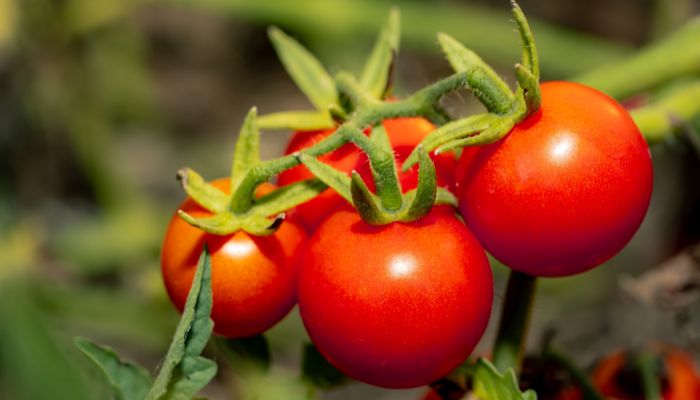Agriculture is an important part of Pennsylvania. Pennsylvania’s diversity of climate and topography allows for a wide range of crops and livestock to be raised across the state.
Top crops include corn, soybeans, wheat, hay, oats, and apples.
Plant Hardiness Zone Map
Let us take a look at the US Plant Hardiness Zone Map, published in 2012.
Plant Hardiness Zone Map for Pennsylvania

Climate
The state of Pennsylvania comes under zone 5 to 7. It experiences a high temperature of about 75˚F to 95˚F during summers, while the winter temperatures drop below 0˚F.
The state is prone to tropical cyclones, tornadoes, and snowfalls.
Precipitation
The state of Pennsylvania receives ample rainfall annually. It experiences precipitation of about 44 inches.
Winter storms are a common occurrence in the state. Whereas the state averages around 38 inches of snow per year.
Soil Type
The below map shows the ecoregions of the state.

The table below shows the soil order distribution is as follows:
Soil Order Of Pennsylvania
| Soil / Sub Order | Location | Characteristics |
|---|---|---|
| Inceptisols/Udepts | This soil is found almost throughout the state except in the unglaciated Allegheny Mountains and the Piedmont region | 1. They are mainly freely drained Inceptisols that have a udic or perudic moisture regime. 2. This soil has many kinds of diagnostic horizons and epipedons. |
| Alfisols/Udalfs | In the northwest and the piedmont region | 1. have a udic moisture regime. |
| Entisols/Orthents | Few patches in the Pittsburgh Plateau | 1. They are commonly found on recent erosional surfaces |

